I need to buffer an input signal such that I do not load down the source, which is a 100k resistor. However, I need to buffer at least 6 channels, and for more advanced models I'd like to move to 10 channels (for the more advanced one I'd be okay using multiple chips though.)
I'd rather not use op-amps, because they will take up considerable space - just wiring the inverting or noninverting to the output, for example, uses a lot of space for traces - also, half the pins would be unneeded.
I'm not sure what chip or type of chip to be looking for - all the buffers I've found so far only work for digital logic, not analog signals. The buffer should have very low input bias current (nanoamps to hundreds of picoamps), like a JFET op-amp.



